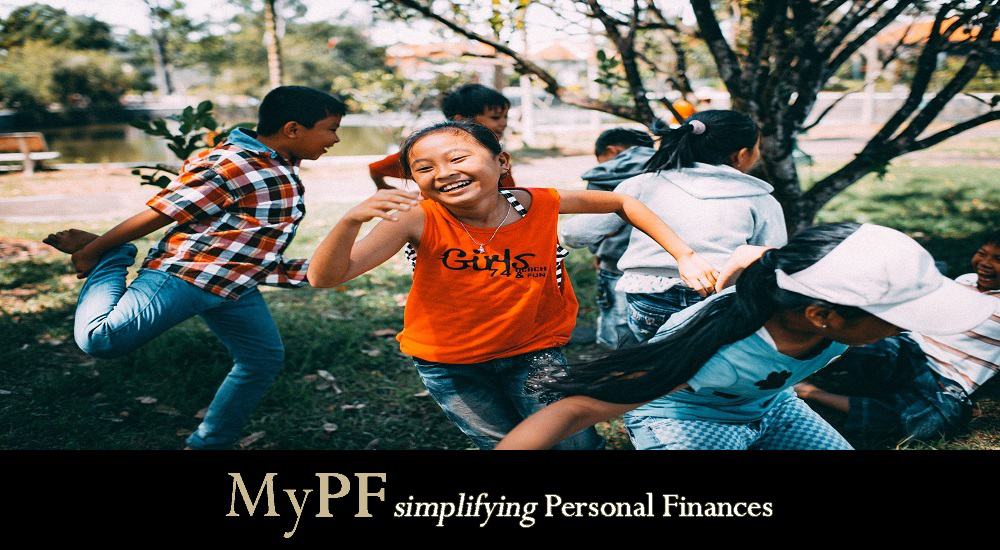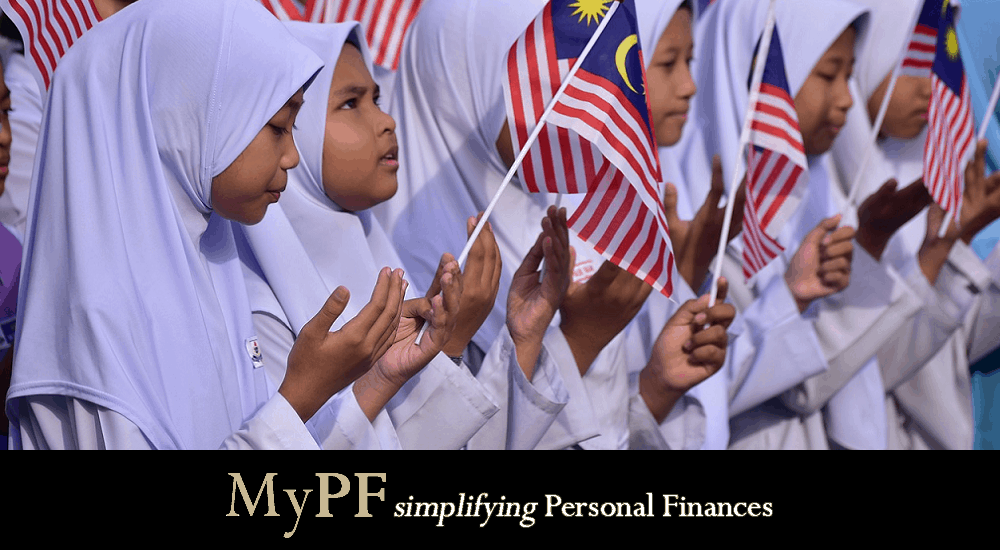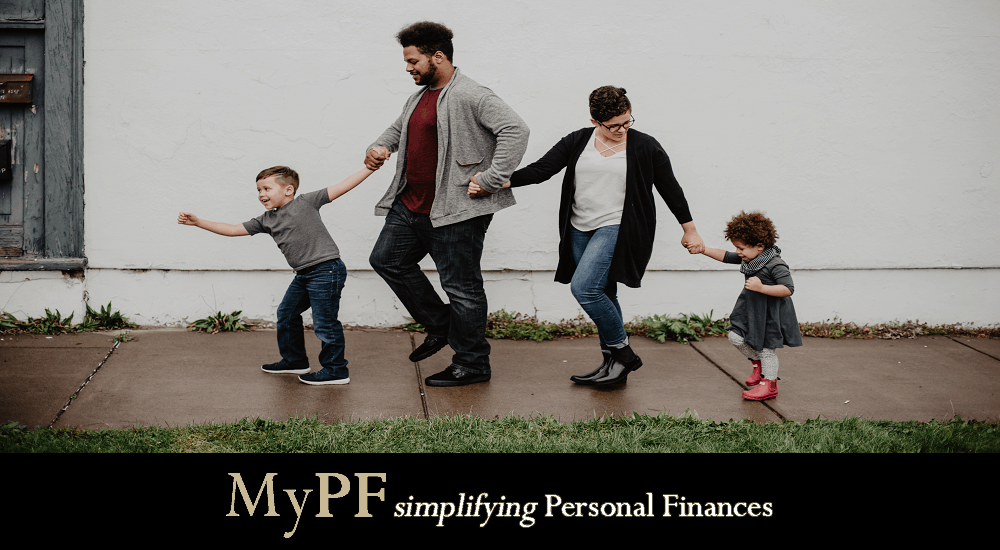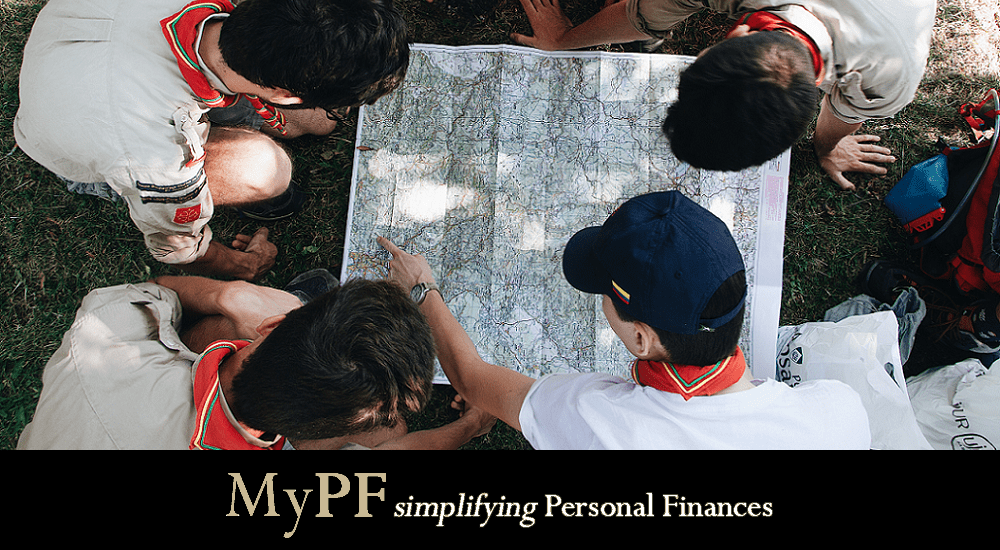Have you wondered how you can reduce the cost of your children’s primary and secondary education?
While some folks think that they need worry only about the cost of their children’s higher education, the reality is that even primary and secondary education costs can hurt your pocket a lot!
When facing decisions about what to do with your children’s primary and secondary education, there are considerations you and your spouse need to go over together, and you should also factor in some known hidden costs as well.
While you want to minimize your children’s education cost, you would certainly still want to make sure you are not cheating them of a good education in their formative years, right?
From figuring out the best schools to put your children in to thinking about which education cost to cut down on, there certainly are some ways to go about it. Here are some tips to help you reduce the cost of your children’s education.
Contents
Tip #1: Enroll in public schools
The debate on the quality of public (government) schools versus private schools has been a thorny issue in Malaysia’s education landscape.
The common perception is that private schools provide better quality education than public schools do and are less prone to social problems such as gangs, bullying, smoking, and drugs.
This perception of better quality stems from various considerations. One significant consideration often brought up is regarding classroom size. In private schools, there are less students in each class and thus, each student would likely receive more attention from the teacher as compared to the much larger teacher-student ratio in public schools. Negative social problems are deemed more prevalent in public schools as there are less resources for schools to cope with a high number of students.
While these perceptions do have some truths, you should not let it cloud your judgement of public schools.
Firstly, while class size in public schools is usually higher than private schools, the evidence of smaller class size means an improved quality of education are mixed at best. Results from this study in the US showed the following data which indicated an inconsistent pattern.
- Florida: Class size reduction yielded little improvement in student achievement.
- Minnesota: A “one-student” reduction in class size resulted in smaller improvements in achievement.
- New York: Smaller student class size are associated with higher student achievement.
You might want to consider public schools as an option that offers you more value in terms of the tradeoff between quality and cost. Public schools for all their reputation in Malaysia, are really not that bad.
This is especially so if you are in the M40 and B40 groups, where most of the cost of education is borne by the government. Many of the top SPM achievers in Malaysia are from public schools. There are even opportunities for public school students to participate in student exchange programs abroad should you seek them out.
Tip #2: Teach your children instead of sending them to tuition class
The tuition classes industry in Malaysia is booming as parents feel it has become necessary to supplement their children’s education, especially for parents in urban areas. As rumors swirl, many begin to doubt that school teachers are doing enough to teach their children and prepare them for major examinations.
However, these tuition classes can get very expensive leading parents to work even longer hours to fund their children’s education.
How about considering what if you turned this factor-consequence pair around – parents work less hours in order to have time to tutor your children yourself at a lower cost.
While it is understandable that you probably don’t think you have the energy to do so, start by considering the following trade-offs to spur you to consider trying it out.
- Improving your children’s long-term educational performance
Studies have shown that when parents are more engaged in their children’s education, the higher the achievements of their children, and the earlier, the better. By being involved, you are more able to personally take note of the concerns and challenges your children are facing so you can seek early intervention on the right topics. - Building healthy relationships
Aside from noticing their educational stumbling blocks, personal engagement allows you to deepen your relationship with your child. You get a chance to mold your child’s emotional and mental development. Difficult conversations as they become teenagers (“You don’t understand me!”) are reduced as you are more understanding of their likes and dislikes, what they respond well to and what they do not, and you learn to trust each other more as well. Observe how they approach problems and how you can best coach (not fix) them to be successful, good people. - Teach them how to study
Most of the time, your children actually understand most of the things that are being taught at school but do not have adequate practice. Tuition classes are for these children mostly to practice and refine their understanding of the subjects. Rather than for them to mindlessly follow what-teacher-asks-to-do, carve out a time block for them to sit down and go over what they have learnt. Set aside a separate time for dealing with homework. As they progress, ask them questions to gauge their understanding and to get them in the habit of thinking for themselves. Assess their progress and share it with them so that they understand the positive consequences studying properly can have on their understanding of the topic and in their examination results. This has an added benefit of growing their confidence in their subjects as well.
Tip #3: Buy second-hand books and items
For your children’s primary and secondary education, you are not only paying for their schooling and tuition fees. Among the other hidden costs are items that they are required for their education, such as books, uniforms, and stationery.
Most of the time, you will not notice how much these things are adding up to your children’s education. However, imagine that you would have to buy them throughout your children’s lifetime.
Seeking out second-hand, lightly-used items are a good way to offset the cost. Where to find them?
- Parents of older children either in the same school, family, or social organizations.
- Buying online from platforms such as Carousell or Spartext.
- Join free-cycling groups (plenty on Facebook) where people give away items they no longer need to encourage reuse while reducing wastage.
You can help do your part in preventing wastage in today’s society that is grappling with consumerism and overflowing trash pits while saving some money.
Tip #4: Carpool arrangements
Some of the hidden costs of education are time and money from needing to arrange transportation options for your children. Many parents nowadays have safety concerns of their young children using public transport and will instead use their own time and cars to fetch their children. Up and down around to school, tuition, or back home.
How can you reduce your cost for something so essential?
The simplest method is to explore the possibilities of carpool arrangements with like-minded parents at school.
Network with parents and identify those who are living nearby and facing similar concerns. Arrange for a carpool between yourselves or combine your efforts to co-pay for a private driver to do it for all of you.
No man is an island and it is important to build up social connections with other people to help each other and improve your overall happiness. Robert Waldinger from Harvard University in his TEDx talk says that “Good relationships are the only thing that keeps people happy in the long term”.
Conclusion
Education and its hidden costs are expensive. These cost-saving tips might just be enough for you to get the best value for your children’s primary and secondary education. It’s all worth it as you prepare your child to be an independent, successful adult.
You May Also Like
- 5 Hidden Costs of Your Children’s Primary and Secondary Education
- 4 Considerations for Your Children’s Education
- Should Parents Pay for Their Children’s Higher Education?
- How to Fund Your Child Higher Education With No Savings
- Saving Money for your Child’s Higher Education
Do you have any other tips to reduce your children’s cost? Let us know in the comments below!










Thanks for insightful ideas and stories. Very good tips